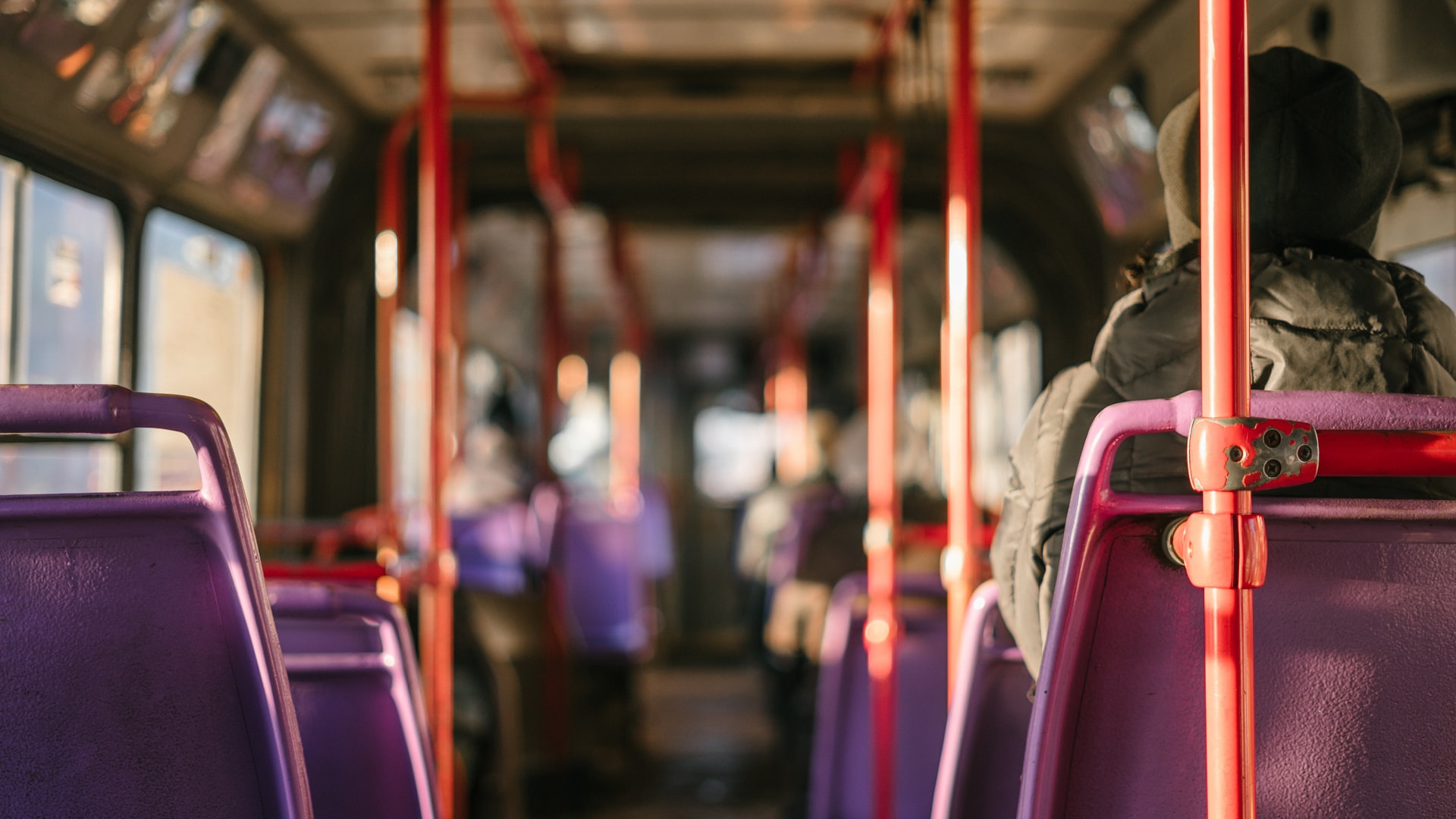Public Transit Helps Your Wallet and The Planet!

I’m originally from a suburb of Cincinnati, so if you want to go anywhere you have to get in the car. If you wanted to meet up with a friend at a restaurant downtown, that was 22 miles there and back. 22 miles per gallon was also the amount of gas my small 4-door sedan needed to run on a good day with no traffic. Assuming I did that once a week for a year, I used more than 100 gallons of gas without any other trips included – and I drove my car to school every day, to work after that, to the mall, to the grocery store, even to the gym and park.
Just one person with one car was using probably a gallon of gas a day – more on weekends. Think about how often you fill up your gas tank. Is there a way to cut down on your fuel usage by carpooling, biking or taking public transportation?

When I got to college in New York City, I was presented with an alternative – public transit. I could hop on a bus or a train and share those precious gallons of gas with 50 or 100 other people. Now when I want to meet a friend for lunch, I walk to the train and then use fractions of a gallon of gas to ride.
The air pollution and fuel consumption from that one large vehicle (the bus or train) are a much better alternative to 50 individual vehicles. In New York, the MTA estimates that it saves 17 million metric tons of greenhouse gas emissions every year and its vehicles are nowhere near zero emissions yet.
Transportation Options
Personal vehicles create air pollution, burn through non-renewable resources and have manufacturing and repair costs. That’s why you see electric and hybrid cars becoming more and more popular. But even those more eco-friendly alternatives have a toll when they’re idling in traffic with the gas guzzlers, or sitting in a landfill when they eventually break down.

The most eco-friendly option would be to walk, run or ride a bike wherever we need to go but when that’s not possible, taking a bus or train can have a real impact on your energy consumption. The benefits of public transit aren’t limited to the environment, it’s cheaper and in many cases more convenient than driving.
I find that my fellow college students, who hail from the suburbs, are often hesitant to jump on a bus or a train. They find Uber and Lyft less overwhelming than the complicated maze of busses and underground tunnels that make up New York City’s mass transit system. One gallup poll showed that younger Americans are the most likely age group to use a ride hailing app.
How Do I Start?
If you find yourself in this situation, in a new place with no idea where to start, try a direct route first. Pick a bus or subway line near your dorm or apartment and a destination just a few stops away. City Mapper, Apple and Google maps all have easy-to-follow transit directions for most cities.

Once you’re a little more comfortable with your surroundings, set goals for yourself. Try to walk or bike when your destination is less than 3 miles. Try a new subway line each week. And if all else fails, try to condense trips in personal vehicles and share Ubers and Lyfts with a few friends.
Change is on the way!
In New York City, the MTA has slowly started incorporating electric busses into their fleet. In Chicago, the city says it’s taking steps with its rail service with a new braking system that transfers electricity back to other trains. And in San Francisco electric cars and busses are becoming the new normal. Even in my hometown of Cincinnati, they installed an electric streetcar.
From coast to coast, cities are trying to bring down the impact of their transit systems due to pressure from people like you and me. But we can’t let them stop with goals, promises, commitments and task forces. We have to encourage regular updates and action. We have to call on the federal government to create regulations and fund new projects. And we have to elect leaders at all levels of government who are going to take decisive action on climate change. Taking the bus or train can be the first step toward a better lifestyle!


Leave a Reply